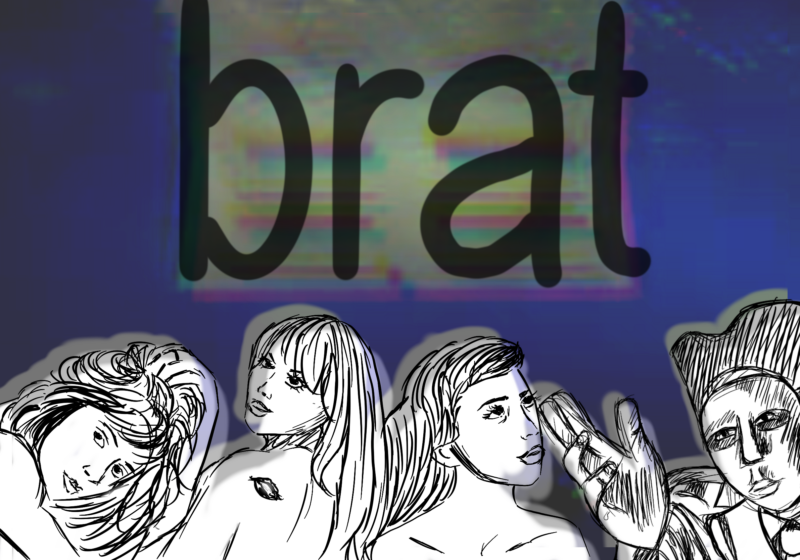A few years ago, sports critics voiced concerns over high school kids graduating straight to the National Basketball Association. The issue didn’t pertain to the fact that these kids were losing the chance of receiving a free education, but in fact, it centered around the harm it would cause to the game of college basketball.
Supposedly, this exodus of players who couldn’t drink legally would dry up the talent pool of the college rosters, thus creating less excitement at games and changing collegiate basketball as we all know it.
Well, a funny thing happened during this transition. With this influx of new talent fresh from their high school proms, the NBA felt the brunt of the negatives while college basketball went through a rebirth in a not-so-secret way. Just looking at the two leagues is all the comparison you need. The NBA has become a game of dribbling down the court, passing to a man on the post and hoping he scores.
The jump shot is virtually a lost art – so much so that NBA officials debated whether or not to outlaw three-point shots during the start of each quarter.
College ball, on the other hand, is a game of unmatched excitement. There are presses and fast breaks, dunks and midrange jumpers – for NBA viewers, that is a shot taken normally outside the painted area but inside the three-point line. And yes, there is the long-range jump shot, the shot that gives the college game parity, making those tournament upsets possible.
Speaking of parity, it has been somewhat lacking in the professional style of the game. In the NBA, the west coast teams are the best, with its players dominating the east coast and winning five of the last six NBA championships.
Usually, by this far into the season, a few clear Final Four contenders manage to distance themselves from the rest of the pack. However, in contrast to the NBA, any team hanging around in the top 15 category can make a legitimate argument for one of those spots. No. 17 Gonzaga University beat No. 22 Georgia Tech, the runner-up of last year’s tournament.
Even this past week, unranked Villanova University knocked off the previously unbeaten University of Kansas at home. Teams like the University of Oklahoma and Boston College have come from being unranked in the preseason to leading in their respective conferences.
Duke University lost two players to the NBA – a top recruit and an early entry – and is now 15-0 in a rebuilding year.The University of Illinois is undefeated and one vote shy of a unanimous No. 1 ranking with a team heavily laden with juniors and seniors. The University of North Carolina at Chapel Hill is equally as “old” and as good, with a backcourt that makes its track relay team jealous. The list goes on for possible contenders. College basketball’s continued success stems from a group of young and talented individuals feeling a need to develop their skills further by staying in school.
The Hakim Warricks of Syracuse University, the Lawrence Roberts of Mississippi State University and the Wayne Simeiens of Kansas all gave up potential big-money contracts to shore up their skills in college. Each is a contender for a national Player of the Year honor, a national championship, as well as a lottery pick in next year’s draft.
The explanation for this trend is simple – for every Lebron James who is ready to go pro, there is a James Lang, Deshanga Diop or Kendrick Perkins who wants to hold off the NBA. In terms of the NBA, its problem with unbalanced conferences is a direct result of poor scouting.
The criteria used in selecting NBA-caliber players no longer consists of reining in talented shooters or passers, but players with dominating physical characteristics such as height and the ability to jump.
It’s hard teaching someone to be a great shooter and make them an athlete – look at Shaq on the foul line. Until it rethinks its strategy, the NBA will continue to flounder.
Allard can be reached at dallard@campustimes.org.



